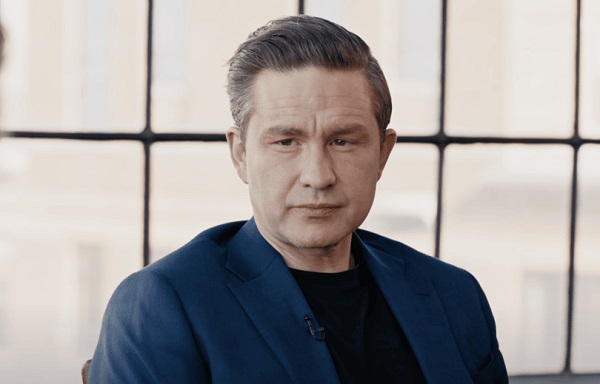Health
Wellness Revolution
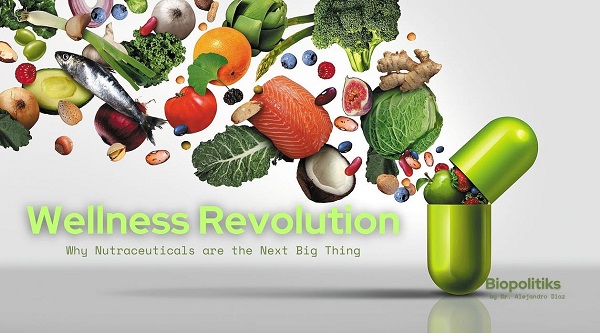
|
|
From Courageous Discourse
Why Nutraceuticals are the Next Big Thing
The New Health Conscious
The revival of health consciousness that has taken place in this decade has changed the way the general public views healthcare—forever. The COVID Operation put health back into the conversation. This elevation in the collective health consciousness has led to a Wellness Revolution, worldwide.
Patients now understand the reality of the state of healthcare systems. The fact is that we are a highly medicated and highly vaccinated society, and the truth is that as the use of these products has increased, so has disease prevalence.
If we take more vaccines and more medications than ever before as a society, shouldn’t we be healthier than ever? Unfortunately, this isn’t the case. The global population is sick and only getting sicker; the toxic injectable products, gene therapy, so-called “COVID Vaccines” made sure that people become permanent clients of the sick-care industrial complex.
A stellar example of this phenomenon is the United States. The United States makes up around 4% of the world’s population, yet it represents around 64 to 78 percent of global pharmaceutical profits. This should mean that Americans are the healthiest in the world by far, right? Unfortunately, no. The United States leads the world in chronic disease prevalence and has a significantly lower life expectancy than most other developed nations.
The current system is fraudulent. People are taking notice of this fraud. In protest, they are looking for alternatives to traditional medicines for disease care. One of the emerging therapeutics in this realm is nutraceuticals.
Nutraceuticals are foods or elements of food obtained from plant or animal origin with significant medical or health benefits utilized to prevent or cure diseases. The medicinal use of food or food elements derives from the beginning of modern medical understanding. Hippocrates is famous for his remarks on this issue. He states, “Let food be thy medicine and medicine be thy food.”
As an allopath (Pediatric Allergist/Immunologist), I increasingly shift towards this alternative line of thinking. I am not saying that all medications are bad, but I think we have to be far more selective in the way we use them.
Recently the term “nutraceuticals” has regained relevance. Once brushed off by the medical community as fringe “pseudoscience” with no demonstrated clinical benefits, is now being lauded at the highest levels of healthcare policy. In a controversial tweet, just before the U.S. Presidential Election, Robert F. Kennedy Jr. shared some details of his plans for public health in the United States.
I have repeatedly mentioned the significance of Robert F. Kennedy Jr.’s appointment to lead the Department of Health and Human Services. His appointment assures that the official narratives on alternative approaches will change from a tone of “aggressive suppression” as RFK describes it, to one of medical freedom. This will surely accelerate the effects of the wellness revolution.
The Wellness Revolution
This movement represents a change in the public’s attitudes toward their health. This has materialized in several different ways. First, it is in the products that patients choose to consume. Pharma, for example, has taken advantage of this wellness attitude shift by introducing products such as GLP-1s, statins, and other drugs to remediate the effects of the chronic disease epidemic that they caused. Additionally, it’s very common to see these drugs cause side effects, forcing patients to take yet another pill to “alleviate” the adverse effects, resulting in a never-ending vicious cycle.
It all boils down to a social movement that emphasizes disease prevention and longevity. The medical device industry has seen an explosion of growth for these reasons. Particularly wearable medical devices such as health trackers. These functional health trends are transforming patient care.
Probably the most significant way that this wellness revolution is materializing is in terms of diet and nutrition. The dietary supplement and nutrition industry has seen an explosion in growth over the last couple of decades, and with growing demand due to distrust and disillusion with traditional pharma and medical systems, this growth is set to continue. But even in nutrition, we have to regulate how they treat the source with pesticides and fertilizers, etc.
The term “nutraceuticals” is relatively new but has gained rapid relevance in alternative medical spaces. Although the term encompasses a broad umbrella of elements, essentially it refers to natural food products or components found in food that can be utilized for medicinal purposes. This can include components such as prebiotics, probiotics, vitamins, fibers, etc.
This functional approach to health is what will take the medical profession into the future. At the end of the day, these methods are in the best interest of the patient.
The microbiome is another example. A new world of information that explains how bifidobacteria interact and regulate many bodily functions. Dr. Sabine Hazan, an expert in the field, has talked extensively about this issue in her book “Let’s Talk SH!T”, a must-read.
Functional foods and nutraceuticals will be the base of treatment in the foreseeable future. These compounds provide health benefits beyond basic nutrition and contain bioactive compounds that can affect the body in various ways. for example, reduce cholesterol levels and inflammation, including examples such as fermented foods like miso, kimchi, flax seeds, salmon, omega-3 fatty acids, and walnuts. While compounds such as probiotics promote gut microbiota balance, which is crucial for immunity and digestion.
The immense majority of diseases have one common denominator: Inflammation. Considering how functional foods and nutraceuticals have inflammation-reducing benefits, these products can have an extensive range of applications.
I would like to provide a couple of examples of bioactive compounds that have medicinal benefits. Turmeric and Curcumin, for example, have anti-inflammatory, and antioxidant benefits and may also contribute to remediating the effects of heart disease, Alzheimer’s disease, and depression. Some even cite turmeric’s potential to inhibit cancer progression.
What the shift to these products also represents is an emphasis on prevention. Increased clinical use of these types of natural products will promote a culture of disease prevention rather than disease management.
Robert F. Kennedy Jr. was asked in an interview recently with CNBC’s Jim Cramer about his thoughts on GLP-1s. RFK Jr. responded by saying “The first line of response should be lifestyle. It should be eating well—making sure you don’t get obese…”
This represents a fundamental shift in the line of thinking in those leading public health policy. I have never heard anyone in government speak that way.
The ideological change that is set to take place as the new administration takes power will surely flow downstream to medical standards of care, further exacerbating the growth in the market of natural remedies, including nutraceuticals.
I fully support this change. For too long, patients and even doctors have been attacked on all fronts, forcing them to cave to the status quo or face excommunication from the medical religion. If we are sincere, medicine is a religion. Dr. Robert Mendelsohn touches on this topic in his book “Confessions of a Medical Heretic”.
Physicians from all medical orthodoxies, whether they be allopathic, homeopathic, osteopathic, or naturopathic, should unite in consensus about the healing effects of these compounds and their applications in treating and managing disease.
A shift away from over-medication is necessary to reverse the effects of the chronic disease epidemic and the long-term promotion of optimal health.
Nutraceuticals: Bridging the Gap between Nutrition and Medicine. This emerging field has become a cornerstone in the shift towards preventive healthcare, where the focus is not only on treating illness but also on sustaining optimal health. A new awareness in the field of medicine is on the rise, as physicians, we have to be loyal to our Hippocratic oath “Primum non nocere”. In modern medicine, praxis physicians rarely ask the patient about the quality of their sleep, the basis of their diet, and the patient’s social environment.
I’m excited to see what the future holds for this momentous awakening.
FIN
Biopolitiks by Dr. Alejandro Diaz
Share and subscribe for critical insights on how health and politics shape our world. Join a growing community working to redefine the future of healthcare and governance.
COVID-19
5 Stories the Media Buried This Week
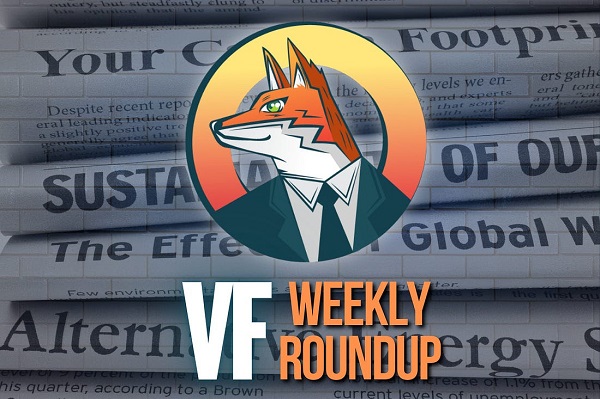
 The Vigilant Fox
The Vigilant Fox
“What is likely to happen,” Fauci says, “is the emergence of another respiratory disease.”
“It may be another coronavirus, because we know that coronaviruses, really, mostly in bats, have the capability of binding to receptors that are in humans.”
“It could be another flu,” Fauci continued. “We’re dealing with H5N1 now, which is bird flu, which has taken the somewhat disturbing step of infecting mammals, namely cows and cats and other mammals, which means it’s adapting itself more to a human.”
“So my concern, Walter, is that whenever that happens, the next outbreak will be of a respiratory disease that’s easily transmissible, that has a significant degree of morbidity and mortality,” Fauci said.
When asked if the cuts at HHS and “our attitude towards science” are making the situation “a little bit more dangerous,” Fauci replied, “Oh, absolutely!”
VIDEO: @TheChiefNerd
#4 – Dr. Oz drops bombshells on the massive waste, fraud, and abuse bleeding Medicare and Medicaid.
Oz explained that people are unknowingly signed up for coverage, illegal schemes are funneling taxpayer dollars to those who aren’t eligible, and the same patient can be billed in multiple states with no federal oversight catching it.
It also turns out that 230,000 Americans were enrolled in Obamacare plans without even knowing it.
His reaction at the end of this clip says it all.
VIDEO: @McCulloughFund
While you’re here, don’t forget to subscribe to get this top 10 list emailed to you each week.
#2 – Jenny McCarty reveals chilling encounter after speaking out on vaccine issue.
• After going public about her son’s autism and the vaccine link, Jenny McCarthy received a private visit from a man with a warning.
• He claimed to work for a top-level PR firm and said he was approached by a government agency.
• His job? To create a campaign to discredit her and label her “anti-vaccine.”
• He said he turned down the offer—because his own child had gone through the same thing.
•The man warned her that they would find someone else to do it and use the media to come after her hard.
• McCarthy was stunned and asked him to repeat everything—she said she had chills all over her body.
• When she asked why they’d attack her despite her not being anti-vaccine, he replied, “Doesn’t matter.”
• According to him, they had the media on their side and would do whatever it took to bury her message.
“We gave $13 to $15 billion a year to human traffickers. That’s what this system did,” Antonio Gracias lamented.
Gracias’ team combed through voter rolls in four states and uncovered thousands of non-citizens not only registered to vote, but in many cases, actually voted.
“We looked at the voter rolls in four states, and we found thousands of these people [non-citizens] on the voter rolls, and we found many of those people had voted. In one state in particular, well over a thousand voted.”
His conclusion?
“I think this [Biden’s border policy] was a move to import voters.”
VIDEO: @KanekoaTheGreat
Thanks for reading! This weekly roundup takes time and care to put together—and I do my best to make it your go-to source for the stories that matter most but rarely get the attention they deserve.
If you like my work and want to support me and my family and help keep this page going strong, the most powerful thing you can do is sign up for the email list and become a paid subscriber.
Your monthly subscription goes further than you think. Thank you so much for your support.
Health
Selective reporting on measles outbreaks is a globalist smear campaign against Trump administration.

From LifeSiteNews
Ontario has a larger outbreak than Texas. European cases dwarf the Texas outbreak. But the World Health Organization has launched a travel advisory for the United States.
In the currently ongoing outbreak, there have been about 572 measles cases in Ontario, Canada. This is a significantly larger outbreak than the currently hyped one in Texas, which has about 422 cases. The mainstream media has almost completely ignored the Ontario outbreak – their reporting has only focused on the Texas outbreak.
Ontario’s top public health official, Dr. Kieran Moore, does not recommend mandatory vaccination and says the standard public health measures to limit the spread are working. This is a very reasonable response, yet when Sec. Kennedy says something similar; he is viciously attacked.
It is evident by the mainstream media response to the Ontario outbreak versus the Texas outbreak that this is yet another example of the liberal media/pharma machine harassing Kennedy and President Trump.
However, this reporting has an even more sinister aspect – as the media appears to have taken their lead from the World Health Organization.
The World Health Organization has launched a travel advisory for the United States. See the screenshots below (the first screenshot is from an AI summarizer at BRAVE and the second one is from the WHO website):


But what about Canada’s outbreak? Why isn’t Canada mentioned in the travel advisory? Was it an oversight? Did the WHO release a travel advisory just for Canada?
The answer is that the WHO has not put out a travel advisory for Canada, or Ontario, Canada.
In fact, the AI summarizer at BRAVE is clear that the WHO doesn’t put out travel advisories for individual countries, like Canada… The new normal is that the WHO puts out special advisories only for the United States <insert sarcasm>.

And in fact, a search on the WHO website yields not a single mention of the measles outbreak in Canada.

In fact, the WHO places the 422 measles cases in the United States on par with the earthquake in Myanmar, which may have killed up to 10,000 people, all told.
But somehow the 572 cases of measles in Canada don’t deserve a mention.

But wait – the story gets even more bizarre.
The European Region, which includes central Asia, continues to have a significantly high number of measles cases.
The WHO European Region has a population of approximately 745 million people, and had about 127,350 measles cases last year, or 1 in 5,850 people.
Yet – crickets from mainstream media on this factoid.

Why the outcry over 422 measles in Texas?
Here are some ideas:
- To reduce support for RFK Jr., Trump, and MAHA by the American people.
- To scare parents into vaccinating.
- To increase the money going to public health for vaccine stockpiling.
- To support the liberal left in their obsessive hatred of anything MAHA.
- Because the WHO put out a travel advisory.
In the meantime, the WHO has announced that, despite budgetary cuts, they have a $2.5 billion gap for 2025-2027. WHO Director General Tedros correctly blamed Trump for the deficit. However, what Tedros gets wrong is that this deficit is a well-deserved consequence of years of corruption at the WHO leading to this outcome.
This is how it is done, folks.
This is called retaliation by the World Health Organization against the Trump administration.
Another wrap-up smear in action. The deep state and the globalists are pulling out all the stops to attack Trump and Kennedy via “trumped-up” WHO travel advisories and emergency reports that are then reported on breathlessly and uncritically by mainstream media. The propaganda machine continues unabated.
Reprinted with permission from Robert Malone.
-

 2025 Federal Election1 day ago
2025 Federal Election1 day agoPoilievre To Create ‘Canada First’ National Energy Corridor
-

 2025 Federal Election2 days ago
2025 Federal Election2 days agoMainstream Media Election Coverage: If the Election Was a NHL Game, the Ice Would be Constantly Tilted Up and to the Left
-

 International2 days ago
International2 days agoFREE MARINE LE PEN!’: Trump defends French populist against ‘lawfare’ charges
-
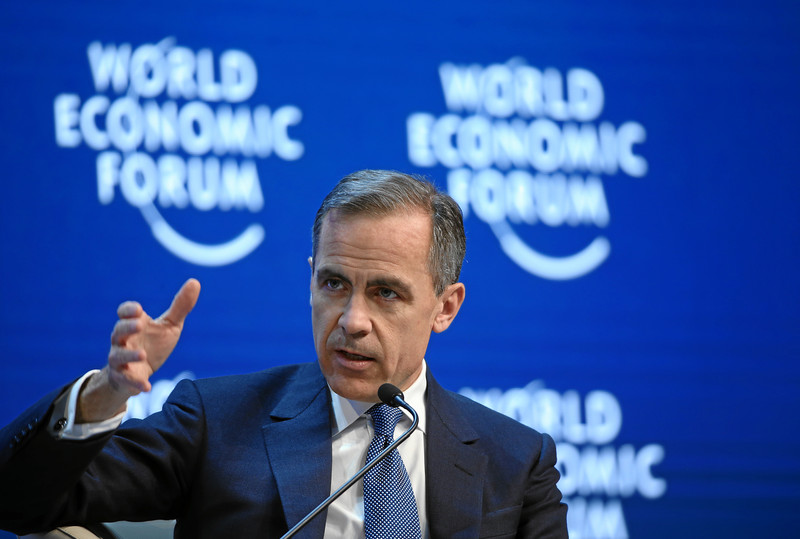
 2025 Federal Election2 days ago
2025 Federal Election2 days agoMark Carney is trying to market globalism as a ‘Canadian value.’ Will it work?
-

 Automotive1 day ago
Automotive1 day agoDark Web Tesla Doxxers Used Widely-Popular Parking App Data To Find Targets, Analysis Shows
-

 COVID-191 day ago
COVID-191 day agoMaxime Bernier slams Freedom Convoy leaders’ guilty verdict, calls Canada’s justice system ‘corrupt’
-
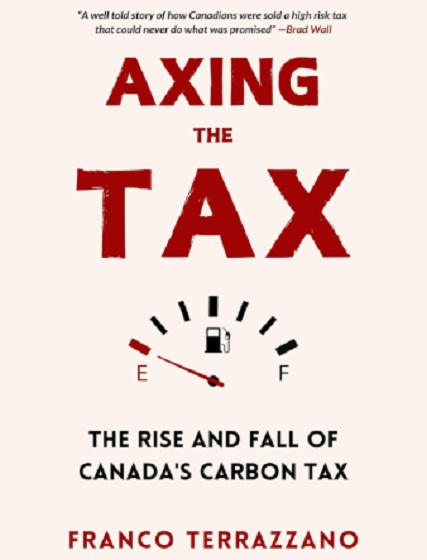
 Carbon Tax1 day ago
Carbon Tax1 day agoThe book the carbon taxers don’t want you to read
-

 2025 Federal Election2 days ago
2025 Federal Election2 days agoCanada Continues to Miss LNG Opportunities: Why the World Needs Our LNG – and We’re Not Ready

















